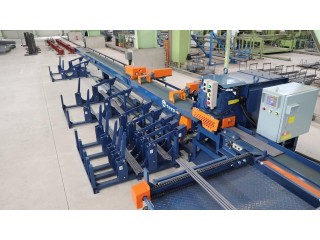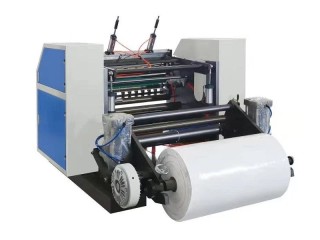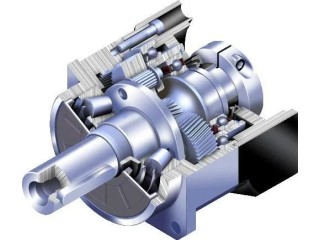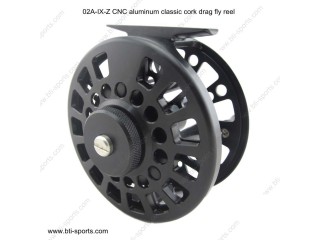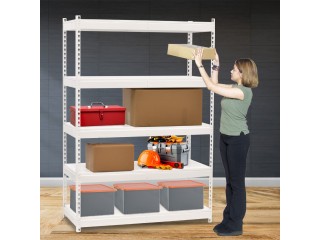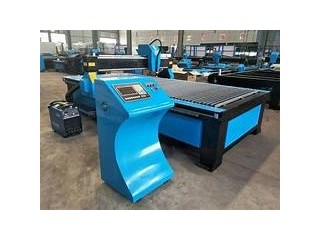Xhtflange Paid
1 year ago - Bangladeshi educational institutions - Barrie - 28 views$ --
Offering a reliable way to connect pipe systems with the various equipment, valves, and other components of virtually any processing system, flanges are the second most used joining method after welding. Using flanges adds flexibility when maintaining piping systems by allowing for easier disassembly and improved access to system components.
A typical flanged connection is comprised of three parts: Pipe Flanges, Gasket and Bolting
In most cases, there are specific gasket and bolting materials made from the same, or approved materials as the piping components you wish to connect. Stainless Steel flanges are some of the most common. However, flanges are available in a wide range of materials so matching them with your needs is essential. Other common flange materials include Monel, Inconel, Chrome Moly, and many others depending on the application. The best option for your needs will depend on both the system in which you intend to use the flange and your specific requirements.
Flanges are not a one-type-fits-all sort of solution. Sizing aside, matching the ideal flange design to your piping system and intended usage will help to ensure reliable operation, a long service life, and optimal pricing. Here's a look at the most common flange types available.
THREADED FLANGES
Also known as a screwed flange, this style has a thread inside the flange bore which fits with the matching male thread on the pipe or fitting. The threaded connection means you can avoid welding in many use cases. Simply match the threading to the pipes you wish to connect.
SOCKET-WELD FLANGES
Ideal for smaller pipe diameters in low-temperature and low-pressure scenarios, socket-weld flanges feature a connection in which you place the pipe into the flange and then secure the connection with a single multi-pass fillet weld. This makes this style simpler to install than other welded flange types while avoiding the limitations associated with threaded ends.
Slip-on flanges are very common and are available in a large range of sizes to accommodate systems with higher flow rates and throughput. Simply match the flange to the outer diameter of the pipe you intend to connect. Installation is slightly more technical as youll need fillet weld both sides to secure the flange to the pipe.





































